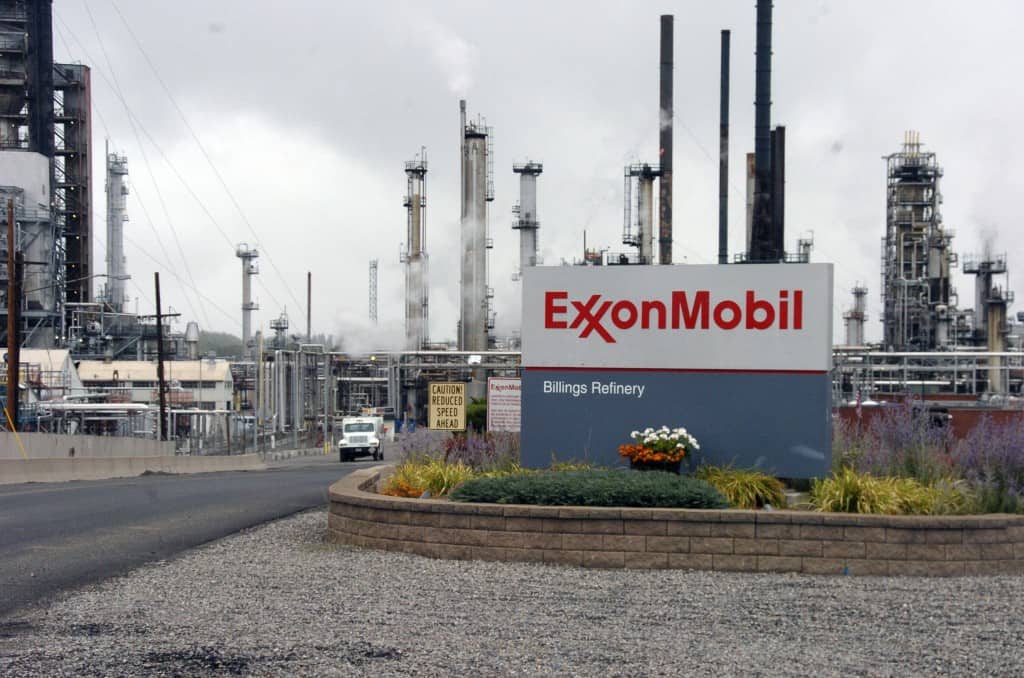
ExxonMobil missed the invitation to America’s big oil party.
Booming shale oil production could soon make the United States king of the oil world. Yet Exxon, the nation’s most powerful oil company, is still in decline in large part because of its late arrival to the shale game.
Exxon (XOM) delivered a fresh reminder of its difficult position on Friday, reporting oil and natural gas production fell by 6% during the first quarter. That’s despite the recent surge in crude oil prices.
It’s part of an alarming trend: Exxon’s output is down seven of the past eight quarters.
“They are trying to catch up, but they’re late to the party,” said Brian Youngberg, senior energy analyst at Edward Jones.
Chevron (CVX), Exxon’s smaller US rival, has been able to move much more quickly to capitalize on the shale boom and higher prices. Chevron’s global production jumped 6% last quarter, helping to fuel a 33% profit increase that exceeded expectations.
Not surprisingly, Chevron’s fastest growth occurred in the shale oil hotbed of the Permian Basin, where output spiked by 65%.
Exxon is struggling to keep up — and Wall Street is losing patience. The oil giant said shale production increased by a more modest 18% at its Permian and Bakken projects.
Even though the US is on track to pump a record amount of oil in 2018, Exxon’s domestic oil production inched up just 2% during the first quarter. Overall oil output failed to grow for the seventh quarter of the past eight. Exxon pumps less oil than it did a decade ago.
“Production was on the low side. That’s obviously not a good thing. There is no escaping that,” said Pavel Molchanov, an energy analyst at Raymond James.
Shortly after Tillerson left the company, Exxon made a shale splash in January 2017 by acquiring assets in the Permian Basin for $5.6 billion.
The deal doubled Exxon’s position in the Permian, the fastest growing shale field in the United States. It was also Exxon’s biggest purchase since buying natural gas producer XTO Energy for $41 billion in 2010, just before natural gas prices crashed.
“That was one of the worst acquisitions in the history of the energy business. It was exquisitely poorly timed,” said Molchanov. “Rex Tillerson deserves much of the blame for it. It was essentially $40 billion down the drain.”
Rather than invest in shale, prior to 2015 Exxon spent heavily on share buybacks that were ill-timed. Exxon’s stock price has since declined and the company halted buybacks during the oil-price crash three years ago.
“They used to buy a ridiculous amount of shares — at the wrong time,” Youngberg said.
Exxon upset Wall Street on Friday by saying it won’t restart its buyback program just yet. Exxon did boost its dividend more than expected though.
Given the ground Exxon has to catch-up to its rivals, Youngberg said holding off on buybacks probably makes sense.
“It reflects their strategy of attempting to jump-start growth,” said Youngberg.

